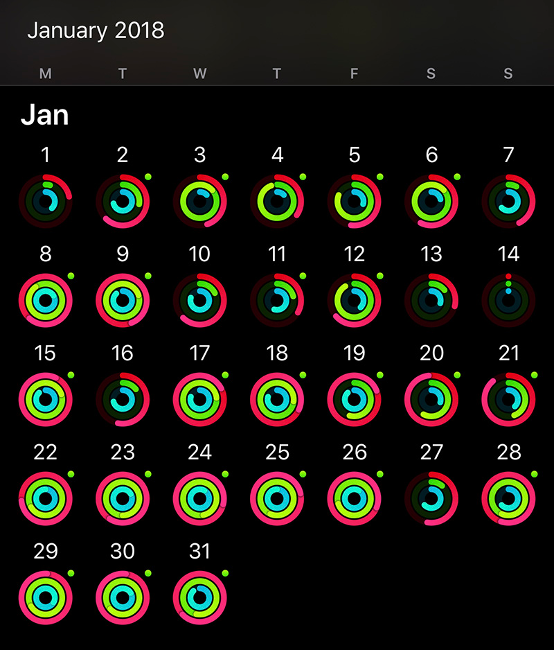It’s near the end of the year once again. And the end of the year always reminds us about metrics. We’ve suggested before that it’s a good time to assess what’s working and what’s not. If you want a reminder about the most important metrics for startup marketing, check out our previous blogpost on the topic: Metrics, Metrics. And if you want to be reminded about how to do an end-of-year audit, check out our blogpost: 3 Important Metrics to Audit.
A common theme in these two blogposts is that it’s important to keep your metrics simple. In fact, just this week we were looking at some analytics and were amazed at how unhelpful some metrics can be. So we wanted to share two examples to get you thinking.
One of the startups we advise has been sharing weekly metrics. On the one hand, it’s admirable that they take the time to collect the data and interpret it. On the other hand, what we noticed is that the data would swing wildly from week to week and it’s hard to understand what it means. They even struggle to explain the weekly variation. Interestingly, the monthly data showed a more regular pattern. So we suggested that they track the weekly metrics for their own information and only report it out on a monthly basis. Metrics need to be useful. Consider what the right timeframe for your metrics is – some might be weekly, monthly or even quarterly.
The other reminder we had recently is to make sure the metric measures something useful in the first place. Since it’s gotten colder outside, we’ve moved our daily workouts inside. And that got me looking at the metrics on my Apple watch. Most people know there are 3 activity Rings – Move (# of minutes spent exercising), Exercise (# calories expended), and Stand (# of times you’ve stood up in a day). What I’ve noticed is that I have no idea what that Stand ring even means. Some days, it says I only Stand 3 or 4 times and some days it’s 13 or more. And the goal is 12. Some days, I close that ring and some days I don’t. But I had no idea why or why not. So, I finally decided to find out what the Apple’s Stand even means. I Googled it – turns out that I am not the only one who doesn’t know what it means. I see lots of posts:
“How to Close the Stand Ring on Apple Watch Every Single Time”
“Are you confused by Apple Watch Stand Minutes?”
“Five ways to master the Apple Watch’s Stand Ring”
This is a clue that this is not a good metric. If people are finding ways to beat the metric, it can’t be good. And check out this example of Apple’s rings – note that it’s not our data and apparently this person hasn’t quite mastered Stand (the blue one) either.
So, what is the point of the Stand ring? Actually, it’s pretty well intentioned. Sitting too much contributes to health problems – high blood pressure, low energy, etc. Apple wants to help us, nudging us to get up and move around. They say it shows “the hours in which you’ve stood and moved for at least a minute.” What that means is that you have to get up and move for at least 1 minute, in 12 different hours of the day. I would argue that is not really a great metric for how much you are moving. It should be pretty easy to cheat this metric – stand up every hour for and move around for 1 minute. But, is that really an indicator that you are not sedentary? Not really. And, Move and Exercise seem like they do a pretty good job of measuring daily activity. Instead, Stand is one metric we just ignore. Is that good? Probably not. But we aren’t going to make the effort to cheat it. Bottom line – pick metrics that actually measure the outcomes you want and don’t measure them more often than you can do something with that data. Now, go back to finishing the end-of-the year audit.


